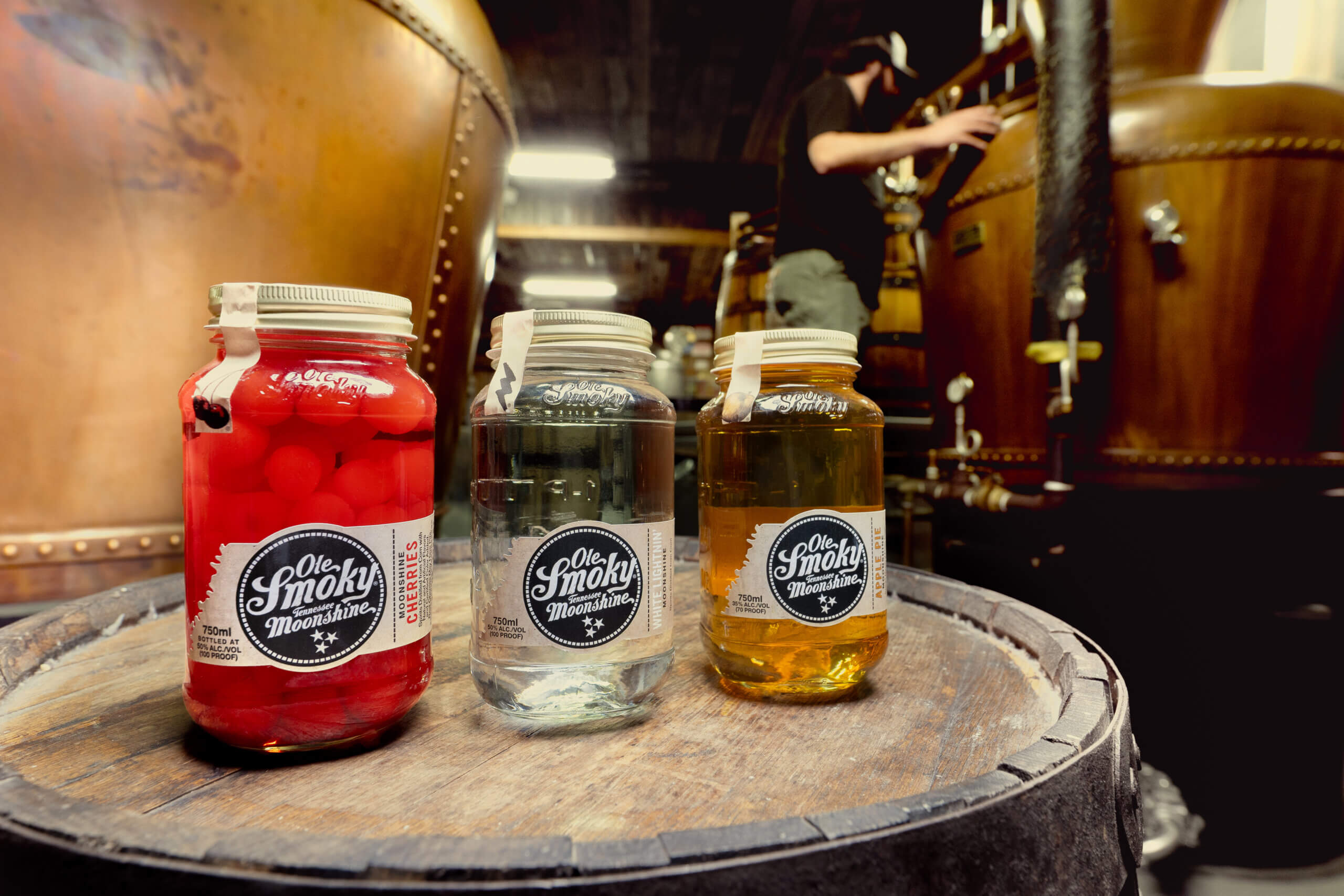Everything You Need to Know About Aged Rum
By Michael Tulipan
The era of aged rum is upon us, but what does that mean?
Can all rums age? Is aged rum better? Why is it more expensive? What’s driving the change in consumer preferences? Let’s dive deep into the world of aged rum and tell you what you need to know.
First, we need to define our terms. Even white rums are generally aged 1 to 2 years depending on the country, but in this case we are looking at timeframes of 3, 5, even 10 years. Of course, we are still looking at a category dominated by big players who promote rum as mixers sold at a lower price point than other spirits. But, perhaps not for long, thanks to a growing market for super-premium spirits across the board and whiskey drinkers having become more open to exploration. Suddenly, distillers are seeing aged rum as an opportunity to gain market share.
Rums age differently depending on where they are made and the barrels used, mainly ones formerly used for bourbon and sherry. Bourbon casks will impart sweetness and round out the spirit, while sherry casks contribute dryness or sweetness depending on the style of sherry previously in the barrel.

Dos Maderas Aged Rum
Color is another thing to consider. People are used to seeing white rums and dark rums, but which are truly aged? While consumers associate the color brown with age, that’s generally not true as that is generally determined by the wood. Of course, it is just as easy to add coloring to a spirit to make it appear age appropriate.

Paola Medina Sheldon – Williams & Humbert Winemaker
Let’s look behind the scenes at a true aged rum specialist, Bodegas Williams & Humbert’s Dos Maderas, whose name means two woods in Spanish. The brand’s flagship rum is a blend of five-year-old rums from Guyana and Barbados that are then aged three to five years or more in ex-sherry casks in Jerez de la Frontera, Spain. “Our philosophy is to maintain the characteristics and personality of the rums found in the Caribbean,” says Rafael Rodriguez, Director of Sales for the Americas and Canada, “and then bring the essence of sherry to the rum.”

Dos Maderas Rum Soleras
After aging five years in the Caribbean, Dos Maderas is transported to Spain, where it is aged three additional years in 20-year-old Palo Cortado barrels. Dubbed 5+3, the rum gets its dryness from these barrels. 5+5 undergoes a third stage of ageing for two years in 20-year-old Pedro Ximénez (PX) barrels. The nose on the 5 +5 is sweet but the palate retains its dryness as the PX mainly adds smoothness and a darker color.

Dos Maderas Aged Rum
However, as the use of sherry barrels gains popularity, regulations remain lax compared to rules in whiskey-making countries. Rodriguez points to one example where the regulating body, the Consejo Regulador de Jerez, is looking to regulate the use of sherry barrels as some producers are just mixing in some PX sherry for sweetness and not aging in the barrels. “Everyone knows what everyone else is doing in Jerez,” Rodriguez says.
How should you approach a customer open to trying an aged rum? “Although the current tendency is for neat serves, aged rum is a drink that goes wonderfully well with mixers and cocktails,” says Rodriguez. “They can also use a rum to get the influence of the sherry in the drink.”
As bars begin charging more for premium cocktails, that adds aged rums to the ingredient mix and bartenders have started bringing back rum drinks. We recommend a Daiquiri or Sazerac made with aged rum, which will bring depth and complexity to these classics, just like an exceptional whiskey would.
With the premium end of the spirits market continuing its strong growth, look for more companies to produce aged rum as it moves from being a sleeper category to the next big thing.









